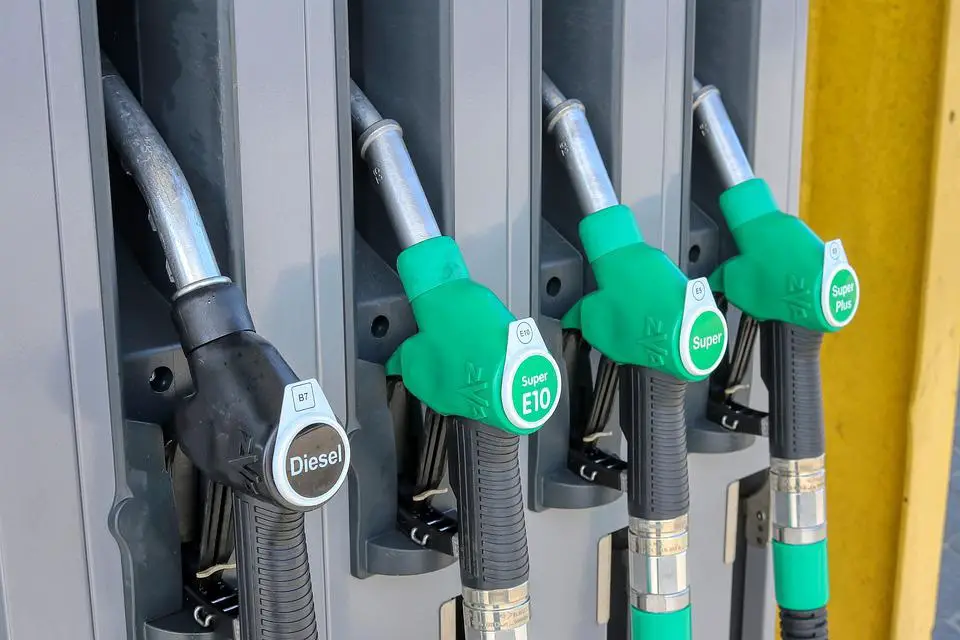High gas prices may be beginning to erode into demand at the pump. Several strategists recently weighed in on what will happen as consumers dial back demand in the face of sky-high prices. First noticed my be a reduction in the demand for gasoline itself.
Peter McNally, global sector lead for industrials, materials, and energy at Third Bridge said, “One could argue that demand destruction for gasoline has already started. Since the start of March, U.S. gasoline consumption is 6% lower than the corresponding period in 2019.”
As gas prices sit pennies from $5 per gallon, a slight dip in gas demand has begun to be registered compared to 2021, according to the The US Energy Information Administration (EIA). Higher prices in gasoline correspond to higher prices in crude oil, which has been rising, but are also exacerbated by a capacity limitation on refining, which slows production of the finished, refined product.
US benchmark WTI crude futures were trading above $122 per barrel on Wednesday, and Brent was trading above $123 per barrel.
Andy Lipow of Lipow Oil Associates said, “According to the EIA, gasoline demand over the last 4 weeks is about 2.0% less than this time last year. As prices continue to rise, I expect that the demand will continue to fall off compared to 2021.”
Stewart Glickman, deputy research director and energy equity analyst at CFRA Research said, “If we broach $125 per barrel on crude oil, and stay there for a while, consumers will change their behavior.”
Higher energy prices also affect both the price and demand for goods. As fuel costs rise, they raise the cost of transporting products to market, making them more expensive. As consumers pay more for gas, and necessities like food, thy have less money to spend on discretionary products.
Glickman added, “When transportation costs go into nosebleed territory, it drives up the cost of bringing goods to market too, which induces companies to pass those cost hikes along to consumers. My guess is that destruction would be concurrent – both for necessities (like filling your tank) and for those more discretionary items. If past practice is any guide, elevated oil prices often induce a recession. So if high prices persist, I see no reason why it would be different this time.”
This can cause higher energy prices to eventually lead to a broader economic slowdown through demand destruction for other products.
But there is a wildcard, according to Glickman, since so much of the elevated price is due to the conflict in Ukraine.
Glickman said, “If Kiev and Moscow could achieve a ceasefire, then benchmark prices should retreat quickly. That’s the biggest wildcard today,”
Rob Haworth, senior investment strategist at U.S. Bank Wealth Management in Seattle says he sees demand decreasing if oil remains in the $120-130 range. “Indications to us are that demand destruction really begins closer to $120-$130 a barrel. For odds of recession to pull forward into 2022 would take significantly higher oil prices or an impingement on global energy supplies as the economy reopens.”
JP Morgan recently predicted gas could hit $6 per gallon, and maybe higher by August.

